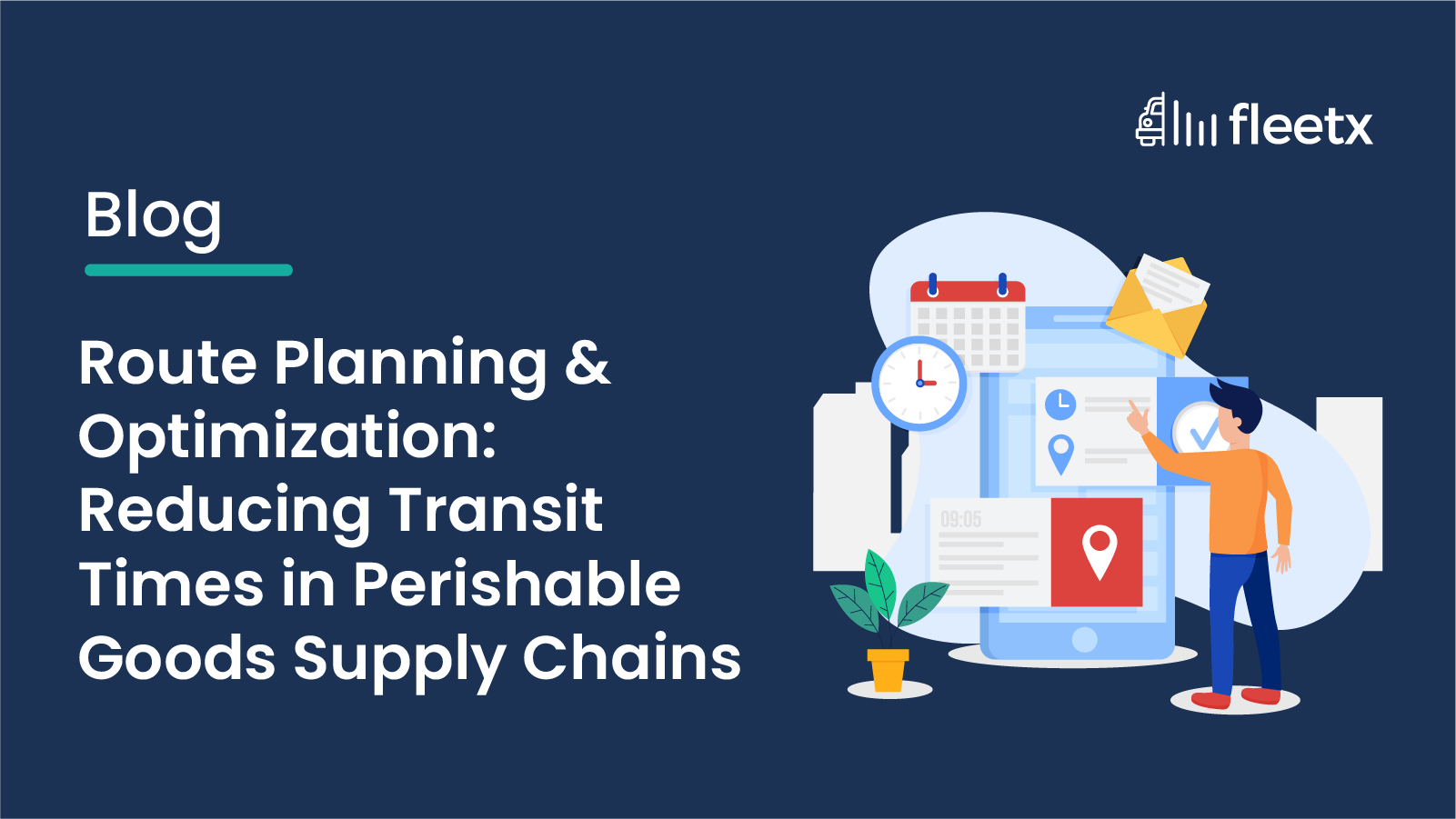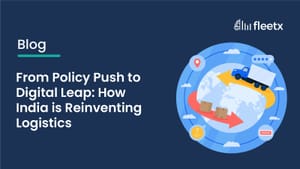
Businesses, big or small, have to transform to adapt to modern needs and remain profitable. The adaptation might require the production facility’s relocation to explore better business prospects. However, this is a major business move – requiring strategic planning, expertise, and adequate experience. The process is marked with significant challenges, but a detailed blueprint helps in –
- Avoiding downtime
- Keeping damages minimal
- Maintaining operational efficiency
Why Moving a Production Facility Becomes Important
Before implementing the change in question, it’s important to define the reasons behind this move. The common reasons are:
Lower Operational Costs
Relocation provides cost benefits in terms of labor expenses, raw material pricing, energy bills, and tax rates.
New Market Expansion
Being able to reach customers faster can improve logistics efficiency, lower delivery timespans, and become more competitive.
Supply Chain Optimization
Relocating production facilities can enhance supplier integration, reducing costs and the associated transportation and supply risks.
Better Labor Availability
The availability of specialized labor widens the scope of innovation and becomes an important reason to relocate plants from one location to another.
Regulatory & Tax Benefits
Several governments and regional authorities often provide tax and other business incentives to boost industrial growth.
Stimulating Sustainability
In certain cases, relocation can lead to better environmental standards, lower transportation costs, and higher ESG (Environmental, Social, and Governance) compliance.
Tips to Reduce Relocation Damages
The location of a plant can also be changed to acquire more room for operations or during a company merger. To make the challenging process less demanding, certain measures can be useful –
Accurate Equipment Valuation
To speed up the insurance process in case of any damage or for border crossing regulations or other legal reasons, the equipment’s total value becomes a piece of useful information. Also, in case of border crossings, a specialist customs broker can help with expediting the process that deals with equipment of different country or regional origins.
UL Mandates/ Requirements
The local equipment UL inspections or mandates of the new location have to be fulfilled and verified adequately. For instance, during international shifting, the equipment’s local UL electrical standards have to be fulfilled to avoid unnecessary trouble that could lead to unplanned downtime and financial losses.
Physical Verification of the Equipment’s Condition
Checking for extreme rust, damage, or faulty machinery casings is critical before relocating machinery or equipment. Any in-transit damage could cost more than it might seem. For instance, if a machinery part falls off, it could end up injuring the workers or damaging other machines.
A 6-Point Plan to Ensure a Successful Plant Relocation
- Extensive Research for a Strong Foundation
A strategic plan of action is crucial to make the shift successful. The unique risks and opportunities have to be considered thoroughly in order to avoid transferring the old challenges to the new site. Keeping all relevant information, including details of the most suitable site, manufacturing, construction, environmental, budgetary, supply chain, and legal consequences, is vital to avoid any contingencies.
- Charting an Effective Project Blueprint
A detailed project plan should map realistic construction or modification timelines, define responsibilities, and allocate resources accordingly. For example, the scope of installing a modular structure can allow parts of the facility to be operational sooner than the others, being cost-effective and time-saving.
- Accounting for Contingencies
Even the most detailed plans encounter unforeseen circumstances. A comprehensive fallback strategy can help in addressing the potential issues that may arise along the way. It lets businesses be flexible and adaptable with no significant deviations from the original project plan.
- Relocation Execution
The relocation is effected once the research and contingent planning stage is over. However, the facility relocation should implement new processes to do away with the old methods. This is an opportunity to redefine workflows, identify gaps, and implement structural enhancements to increase productivity and efficiency.
- Transitioning Workforce & Training
Relocation becomes a major change for the existing and new employees. An effective transition should consider talent retention and reassignment to align the workforce with the new location’s workflows, processes, and regulations to avoid resistance as far as possible.
- Relocation Review
Conducting a post-shift review based on the preassigned targets becomes a significant tool in charting the future path. A careful evaluation helps identify the correct steps taken and the areas for further improvement. These insights can be utilized for greater future success.
Build a Resilient Supply Chain With an Expert Logistics Provider
Relocating a plant’s setup requires skills and experts. An experienced global logistics partner makes the process easier with –
- Strategic Planning and Consultancy – They provide apt options after due consideration of various factors like transportation facilities, local guidelines, and market dynamics.
- Customized Solutions – A relocation consultant that offers tailored solutions based on the specific supply chain needs is always preferable over one offering the lowest prices.
- Global Reach & Local Knowledge – A global logistics service provider usually has a global reach with local market knowledge, conveniently navigating the diverse regulatory channels.
- Technology Integration – A provider offering cutting-edge technology solutions enhances visibility, simplifies operations, and steers efficiency across the supply chain.
With frequent supply chain disruptions emerging from socio-political scenarios, geopolitical tensions, and a wide variety of unprecedented challenges, it becomes essential to relocate their manufacturing or other plants and embrace a new supply chain reality. At the end of the day, it’s all about designing a more balanced and sustainable approach.






